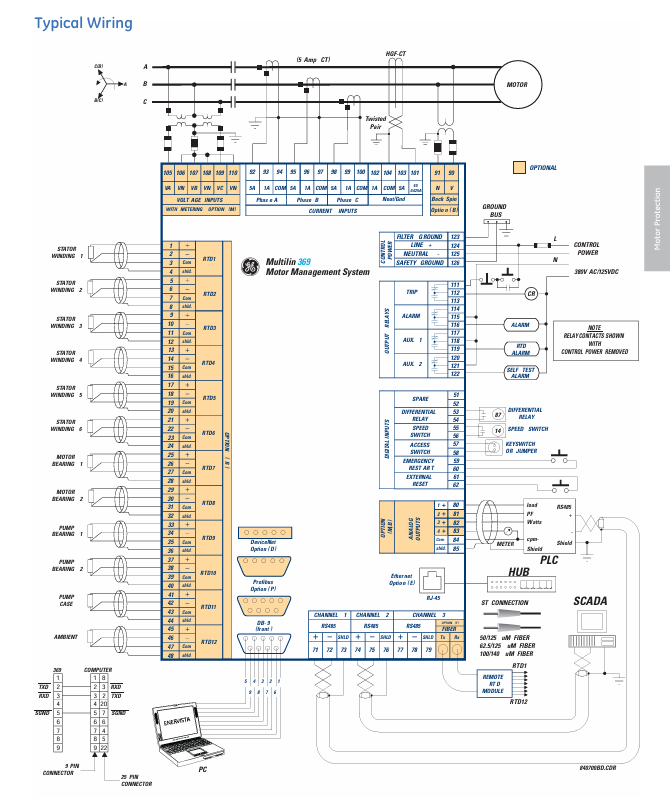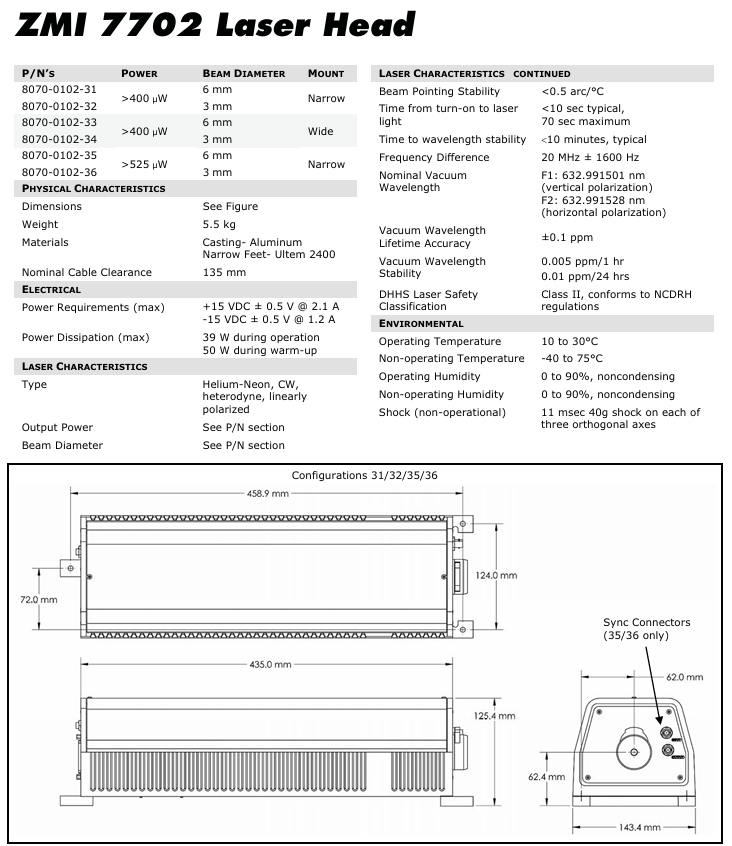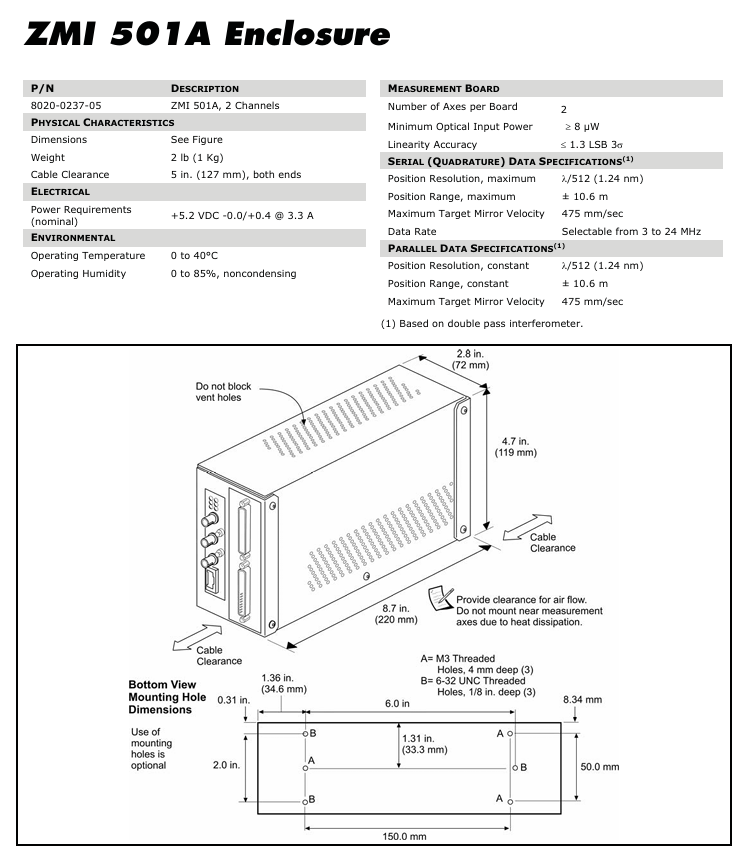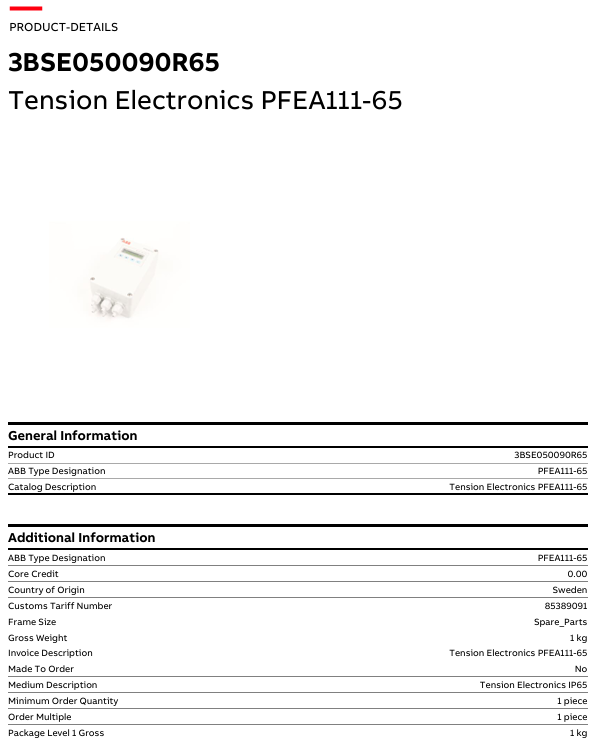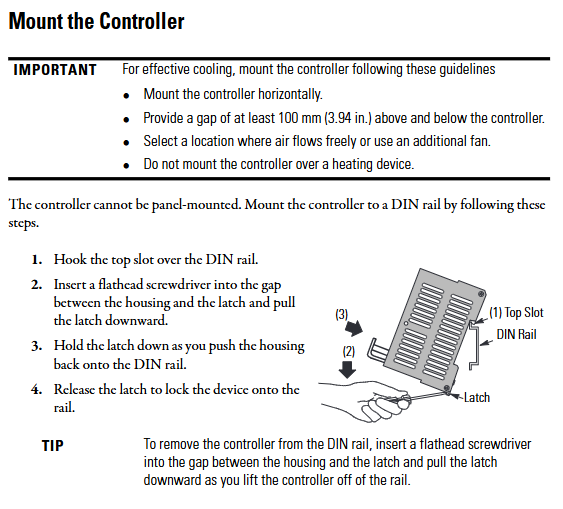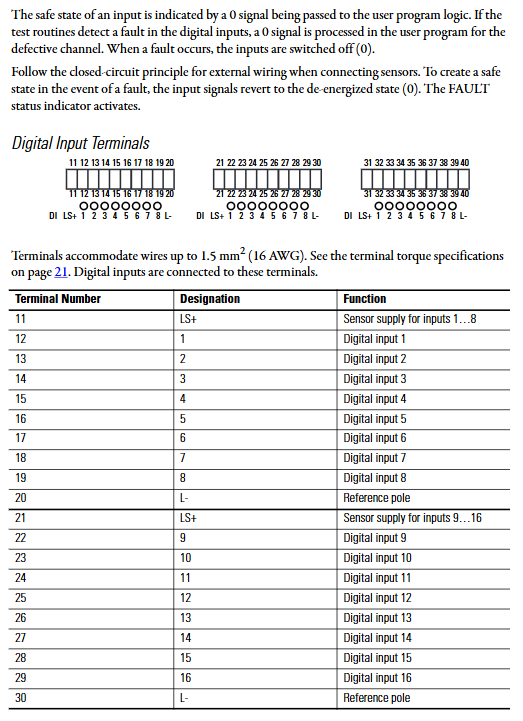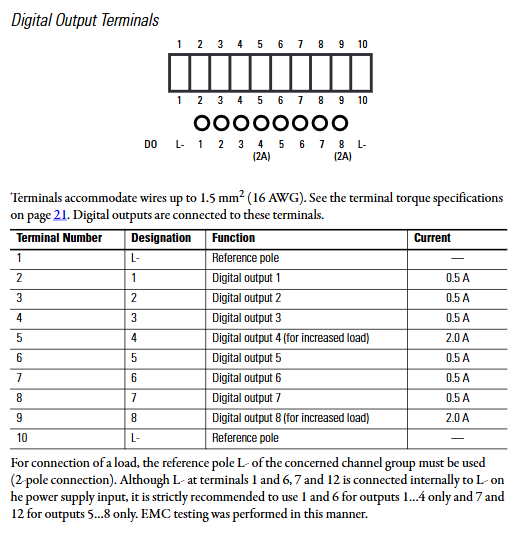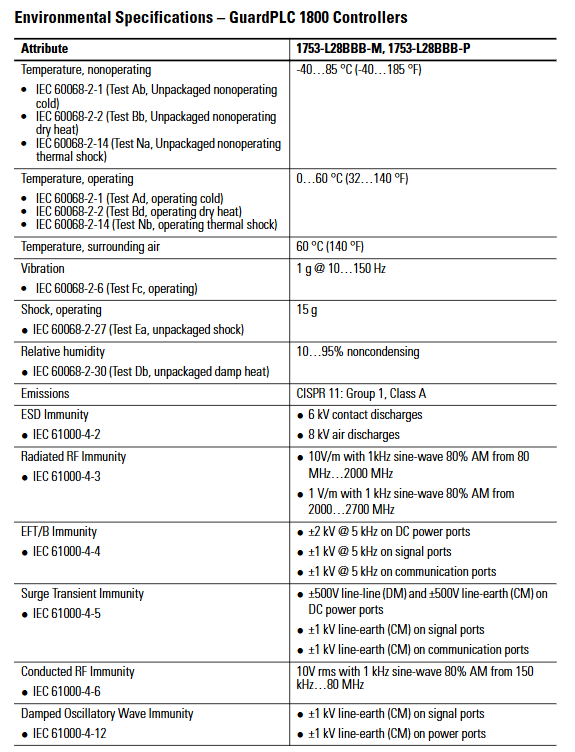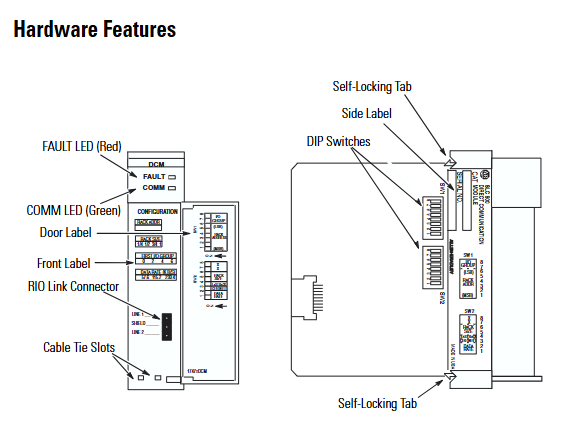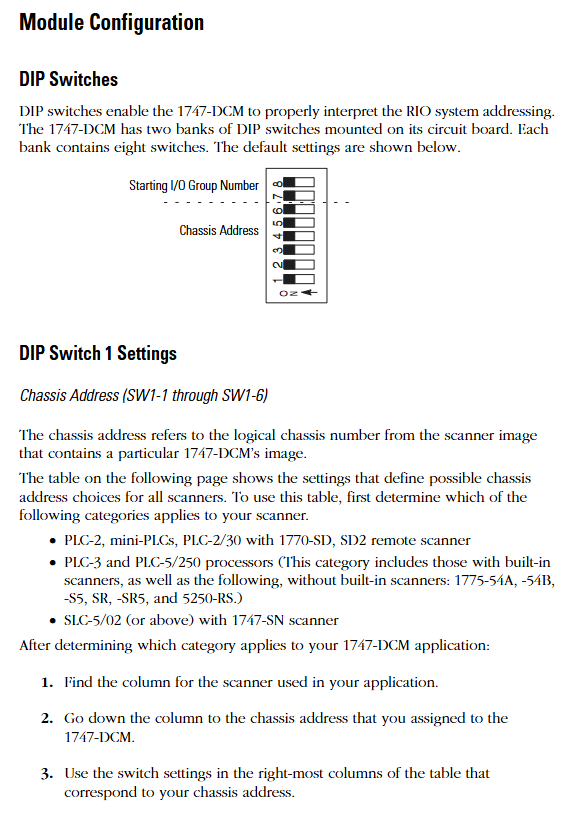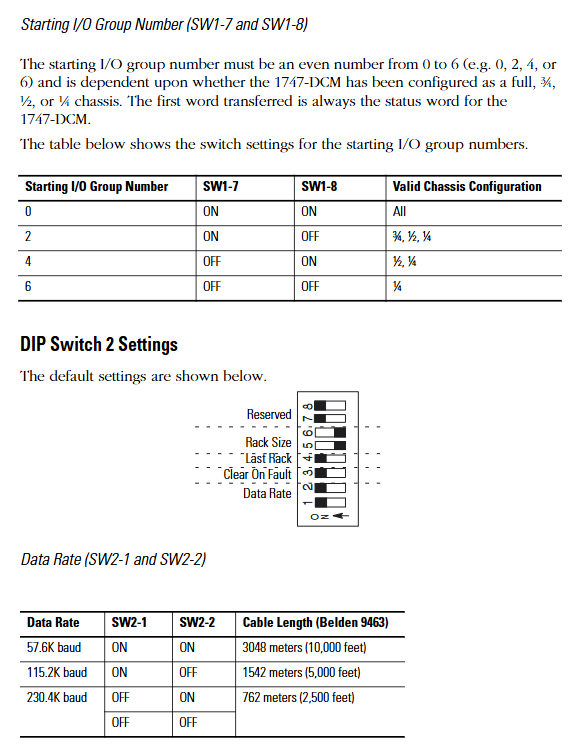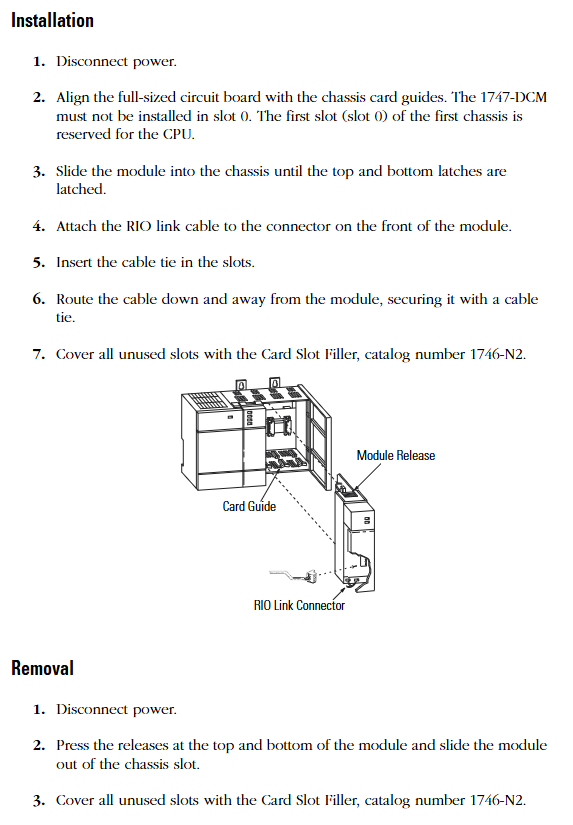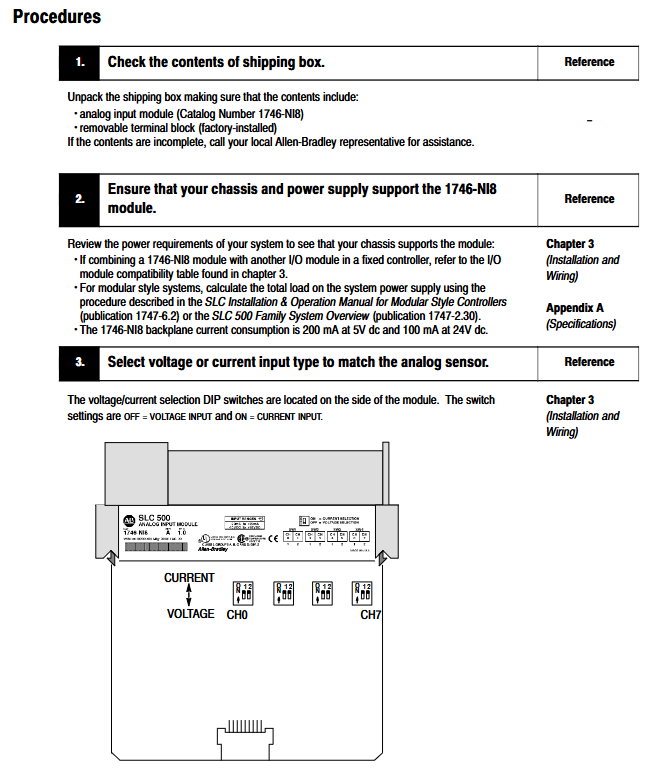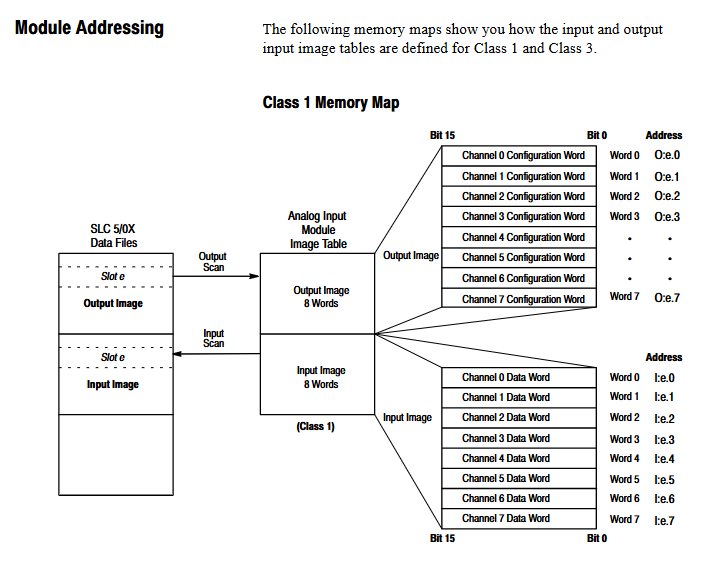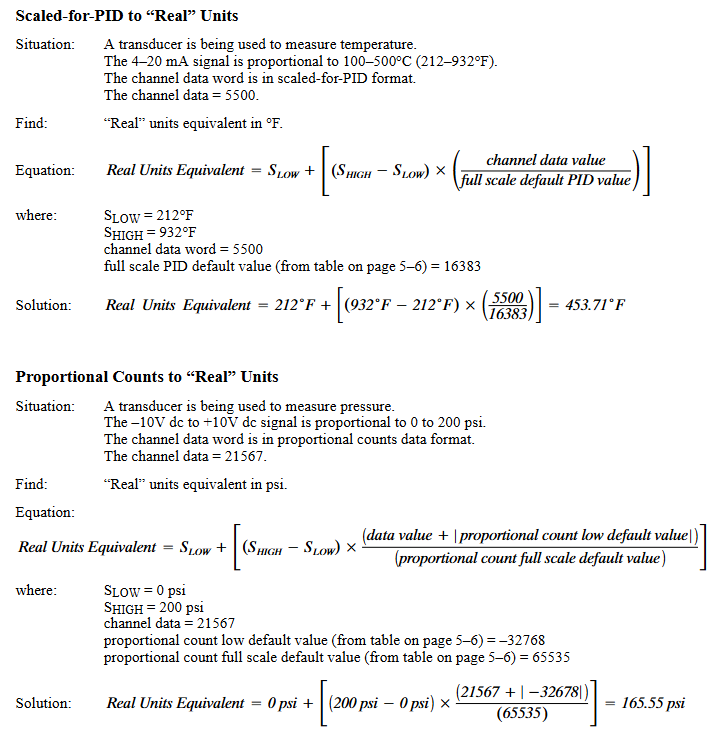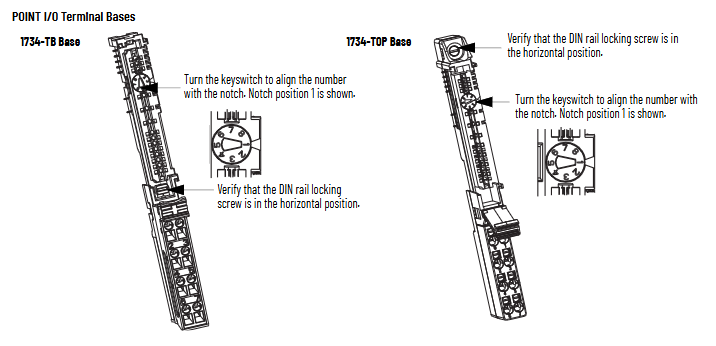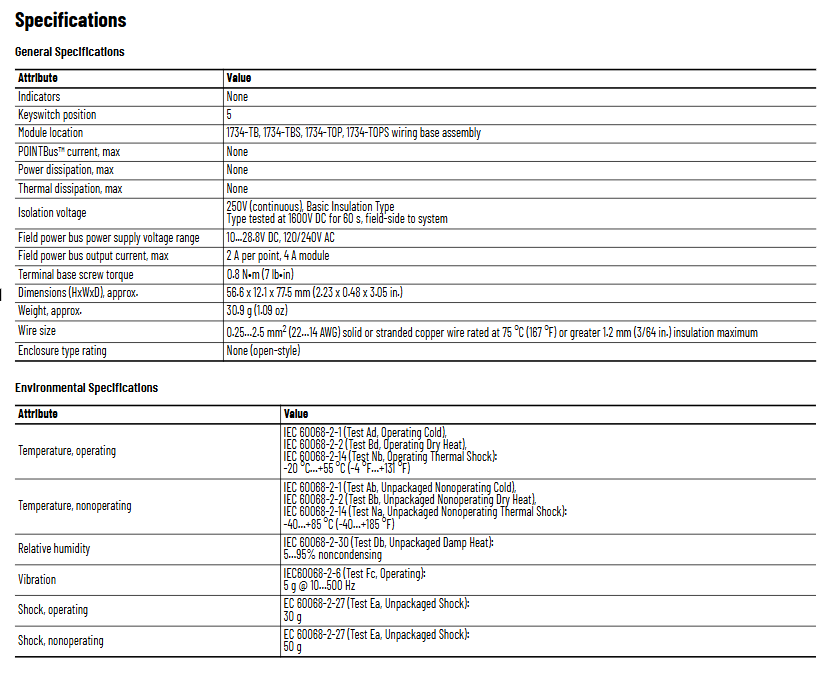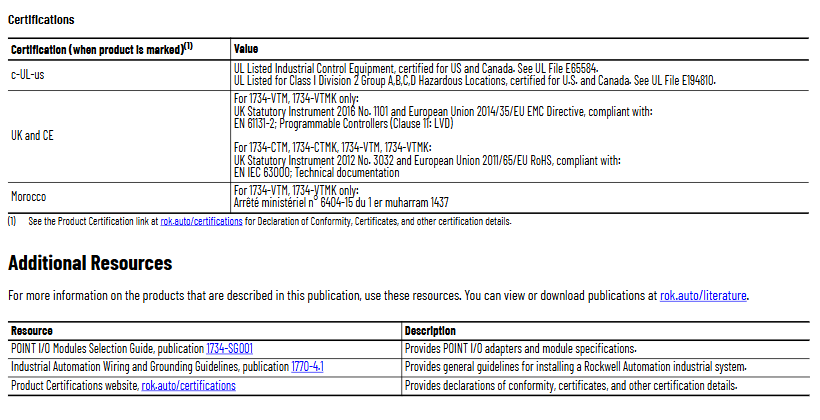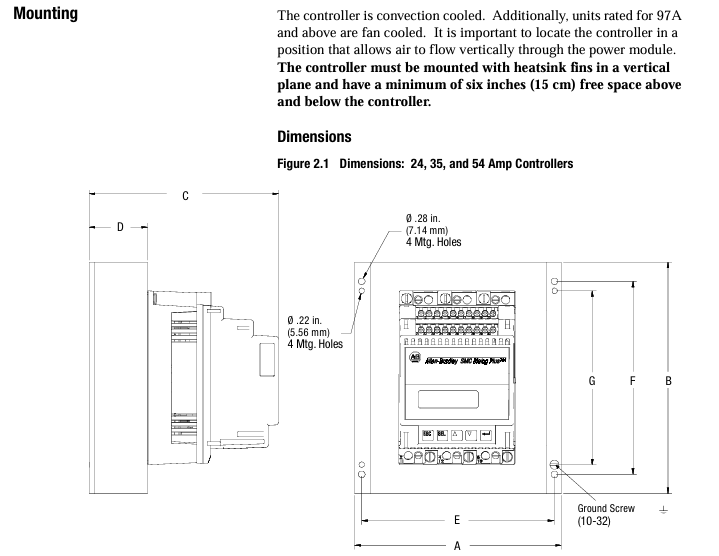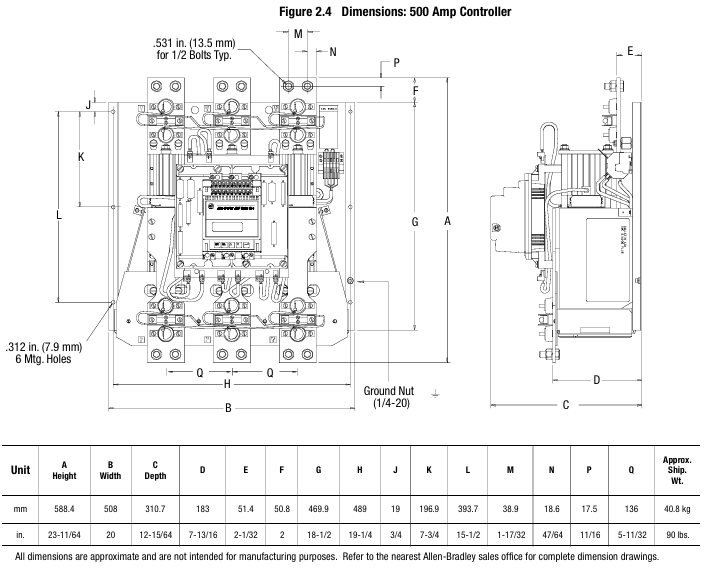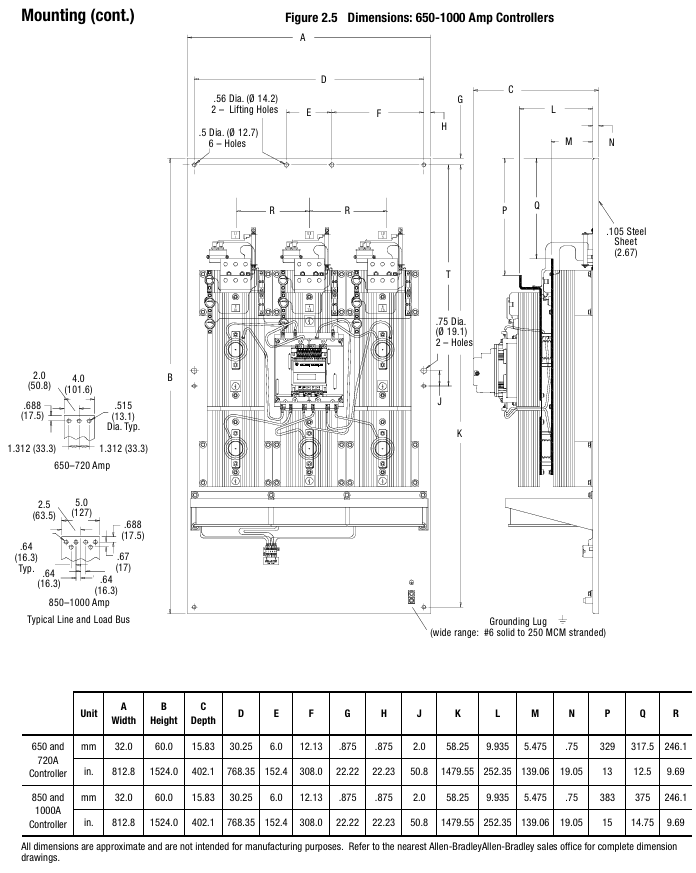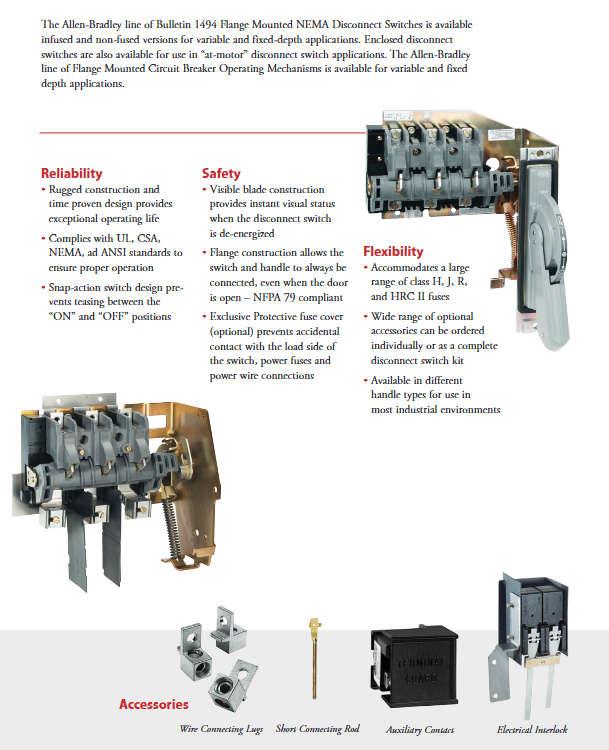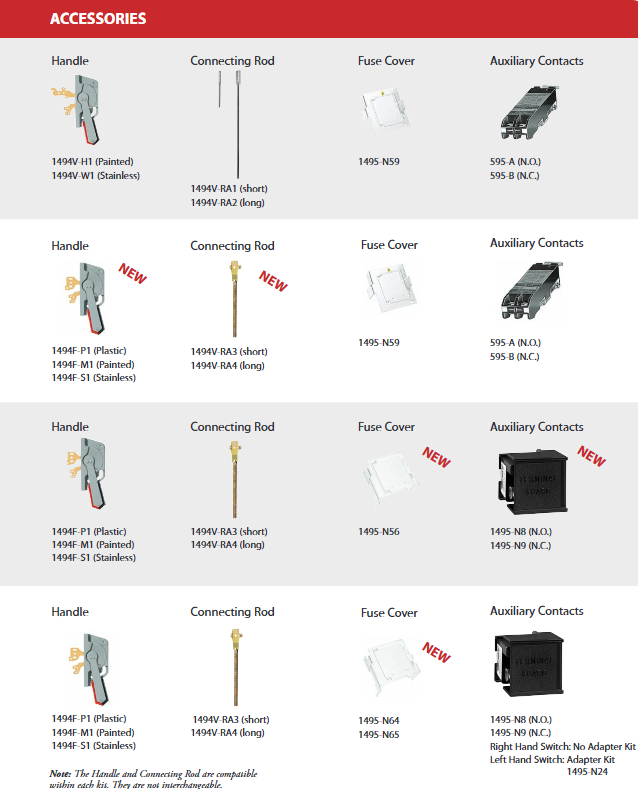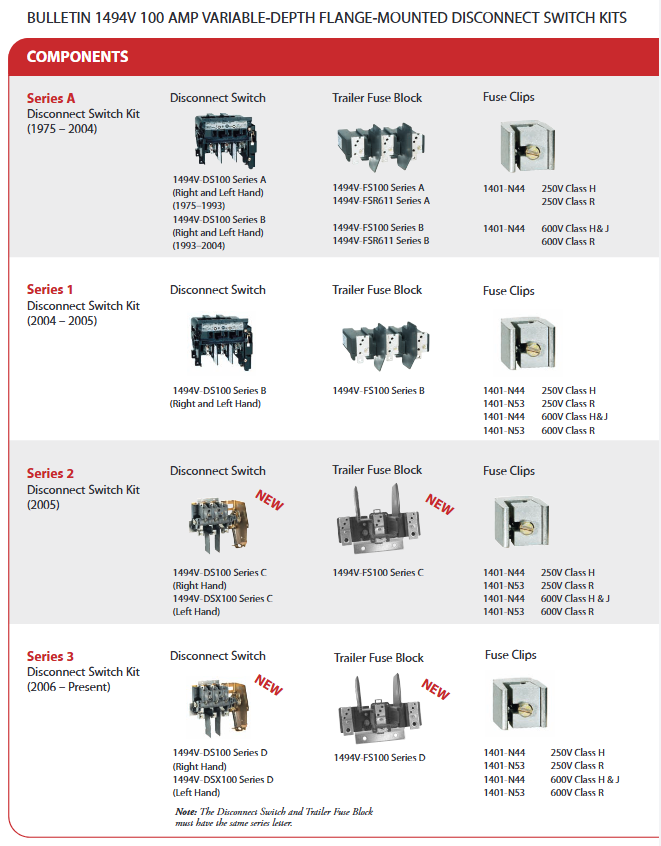GE Grid Solutions 369 Series
Basic product positioning and affiliated system
Product identification: The core product is the 369 series Digital Relays, which belongs to the power system protection and control product line of GE Grid Solutions. It is mainly used for equipment protection, monitoring, and control scenarios in medium and low voltage power networks.
Document attribute: This document is a product brochure (Brochure), with the core objective of showcasing product features, advantages, and applicable scenarios to customers in the power industry (such as power companies, industrial distribution departments, and engineering general contractors). The document includes key information such as product technical highlights, application areas, and selection support.
Core product features and technological highlights
1. Multi dimensional protection function (core value)
The 369 series relay focuses on “comprehensive protection” and covers common types of equipment failures in the power system, including:
Overcurrent protection: For overload and short circuit faults of equipment such as lines, transformers, motors, etc., multiple protection logics such as definite time and inverse time are provided to adapt to different load characteristics.
Grounding fault protection: supports residual current detection, quickly identifies single-phase grounding, three-phase unbalanced grounding and other faults, and avoids fault expansion (especially suitable for neutral point ungrounded or arc suppression coil grounded systems).
Special equipment protection: customized protection algorithms are provided for specific equipment such as transformers (such as over temperature and differential auxiliary protection), motors (such as locked rotor and phase loss protection), capacitors (such as overvoltage and undervoltage protection), etc.
Backup protection function: It can serve as a backup for the main protection and automatically activate when the main protection fails, ensuring the “multi-level protection” of the power system and improving power supply reliability.
2. Monitoring and data collection capabilities
Real time parameter monitoring: Continuously collect electrical parameters such as voltage, current, power, frequency, power factor, etc., with accuracy meeting industrial standards (such as current measurement accuracy ± 0.5%, voltage ± 0.2%), and supporting remote data reading.
Fault recording and event recording: When a fault occurs, automatically record the waveform of electrical parameters before and after the fault (the recording time can be configured) and the timing of events (such as switch action time, protection action logic), which facilitates post fault analysis and responsibility tracing.
Status diagnosis: Monitor the hardware status of the device (such as power supply and sampling module) and the operating trend of the protected equipment (such as motor winding temperature trend), and provide early warning of potential faults (such as module aging and equipment degradation).
3. Control and communication characteristics
Local/Remote Control: Supports local panel operations (such as manual opening and closing, protection setting modification) and remote control (remote control of switches and setting issuance through communication interfaces), suitable for the needs of “unmanned substations” or “remote operation and maintenance”.
Flexible communication interface: Ethernet (such as Modbus TCP, IEC 61850), serial port (RS-485/232, such as Modbus RTU) and other communication protocols are standard or optional, which can be connected to SCADA (Supervisory Control and Data Acquisition System), DCS (Distributed Control System) or power automation platforms to achieve data interconnection and intercommunication.
Fixed value management: supports multiple sets of protection fixed value storage and switching (such as “operation fixed value” and “maintenance fixed value”), adapts to different operating conditions (such as seasonal load changes and equipment maintenance modes), and the switching process does not require power outage.
4. Usability and reliability design
Human computer interaction: equipped with a small LCD display screen (supporting Chinese/English interface switching) and buttons, with intuitive operation; Some models support exporting data (such as fault recording files and operation logs) through the USB interface, simplifying on-site debugging.
Hardware reliability: Industrial grade components are used, with a protection level of IP30 (panel installation) or IP20 (cabinet installation), and a working temperature range covering -40 ° C to+70 ° C, suitable for harsh industrial environments such as high and low temperatures, humidity, electromagnetic interference, etc; Support redundant power input (optional) to avoid protection failure caused by single power failure.
Compliance: Complies with international and industry standards, such as IEC 60255 (General Standard for Relays), ANSI/IEEE C37.20.1 (Standard for Metal Enclosed Switchgear), GB/T 14598 (Chinese Relay Protection Equipment Standard), ensuring compliant use in different countries/regions.
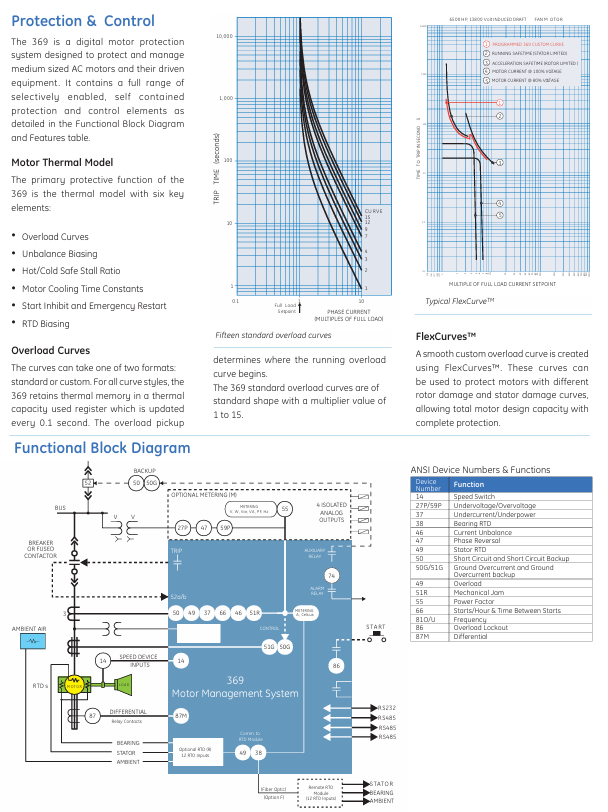
Applicable application scenarios
The 369 series relays are widely used in various fields of medium and low voltage power systems due to their strong versatility and flexible adaptability, including:
Industrial power distribution systems, such as motor control centers (MCC), transformer cabinets, and capacitor compensation cabinets in factory workshops, protect critical production equipment from faults and reduce downtime losses.
Commercial and civil buildings, such as large shopping malls, office buildings, and data centers, use power distribution systems to ensure stable power supply for important loads such as air conditioning, lighting, and IT equipment, avoiding business interruptions caused by power outages.
Power distribution network: such as 10kV/0.4kV lines, ring main units, and box type substations in urban distribution networks, serving as line protection and monitoring nodes to enhance the reliability and operational efficiency of the distribution network.
Renewable energy access: Adapt to the grid connection protection of distributed photovoltaics and small-scale wind power, prevent the impact of new energy generation fluctuations on the power grid, and ensure grid connection safety (such as overvoltage and overclocking protection).
Customer Value and Service Support
1. Customer core revenue
Improving reliability: By using multi-level protection and rapid fault removal, the equipment damage rate is reduced and the duration of power outages is reduced (such as fault removal time ≤ 50ms, which is much faster than traditional relay protection).
Reduce operation and maintenance costs: remote monitoring and diagnostic functions reduce the frequency of on-site inspections; Fault recording and event recording simplify fault analysis and shorten fault handling time.
Flexible Expansion: Supports seamless integration with other power automation products from GE Grid Solutions, such as SCADA systems and distribution management platforms, to meet customers’ upgrade needs from single point protection to system intelligence.
2. Service and Support
The brochure mentions that GE provides full lifecycle services, including:
Selection support: Provide customized selection suggestions based on the customer’s equipment type (such as transformer capacity, motor power) and power grid topology (such as radiation network, ring network).
Installation and debugging: Provide technical manuals, on-site debugging guidance (or paid on-site services) to ensure that the product is correctly integrated into the system.
After sales maintenance: Provide spare parts supply, software upgrades (such as protection algorithm updates), fault repairs, and other services to ensure the long-term stable operation of the product.
Product series and selection tips
Model subdivision: The 369 series includes different sub models (such as 369-P, 369-M, 369-C), focusing on “line protection”, “motor protection”, and “capacitor protection” respectively. Customers need to choose the corresponding sub model according to the type of protected equipment.
Configuration options: Some functions (such as redundant power supply, IEC 61850 communication, temperature acquisition module) are optional configurations, and customers can flexibly customize according to their actual needs (such as whether they need to connect to the smart grid platform).
